The Missing Second Semester – Best Book Runner-up | The MAIAs 2022
MAIA co-founder Michael Gilmore is a big fan of books that educate people about money. “There are many ways to spread knowledge on this topic, which is why the MAIAs have multiple categories. As an author and promoter of financial literacy, I truly value the role books play in getting information across.”
 Gene Natali’s second book in The Missing Semester series is so helpful it received a MAIA Runner-up Award for Best Book.
Gene Natali’s second book in The Missing Semester series is so helpful it received a MAIA Runner-up Award for Best Book.
The full title reveals the subject and target audience: “The Missing Second Semester: Investing and time are a powerful combination. Your age is an opportunity.”
Mr Natali explains, “The Missing Semester series, as the name implies, is trying to tackle a significant gap in the education system – financial literacy. The books are designed to be short courses on the essentials of making sound financial decisions and achieving financial freedom.
“This latest book addresses one of the most overlooked subjects concerning financial literacy education – investing.”
The Missing Second Semester is primarily aimed at students and recent graduates. Its lessons are straightforward and easily digested, avoiding overly complex jargon.
 “The books came about after a realization that many people were just living pay-check to pay-check. These were educated people, who often had decent jobs, and seemed to be doing everything right. However, they lacked one crucial thing – they had never been taught financial literacy,” Natali says.
“The books came about after a realization that many people were just living pay-check to pay-check. These were educated people, who often had decent jobs, and seemed to be doing everything right. However, they lacked one crucial thing – they had never been taught financial literacy,” Natali says.
“The Missing Semester books focus on the topics, choices, and problems that affect nearly all young people. They are a call to action. I am telling those just starting their financial journey that they are in charge.
What’s more, their age is an advantage and opportunity if they make the right choices.”
Many young people find themselves starting adulthood faced with significant debt. These may be student loans, car payments, credit card bills, or high rents. What makes The Missing Second Semester so compelling are the hooks and simple analogies used to explain concepts and ideas. The book makes personal finance engaging and easier to understand.
“I have avoided more complicated terms like price-earnings ratios and instead explain things in a way anyone can understand. For example, rather than talking about dollar-cost averaging, I advise investing a little but doing it regularly. There’s no need for these concepts to be complicated.”
The principles in the book are straightforward and tackle genuine problems faced by most people. For example, paying for college, buying a house or a car, and not paying credit card bills account for 96% of all personal debt in America. Natali explains how with proper education and knowledge early on, these debts can be avoided or minimized. He then shows how.
“Essentially, I am providing a course everyone should have taken when they were young,” Natali says.
